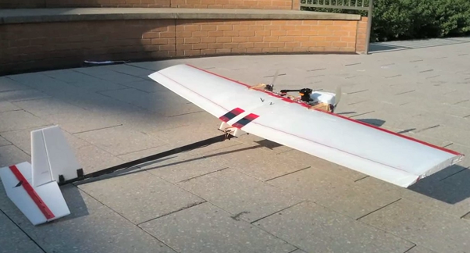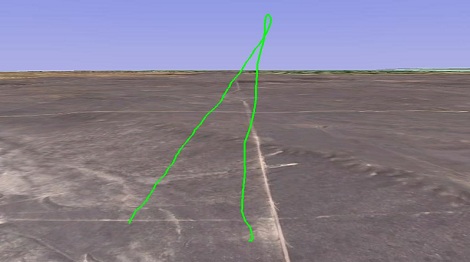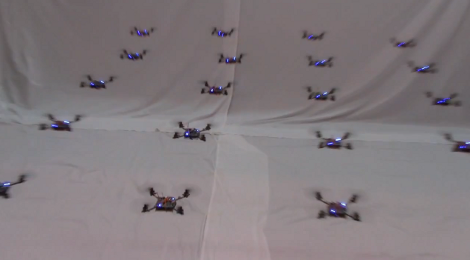Ever since we played with the original AR drone back at CES a few years ago, we’ve been keeping an eye on them. While we all agree there are better quadcopters out there, the price point for a ready-to-fly quadcopter of this size is really great with these.
When the fake video from FPS Russia of the weaponized drone made the rounds earlier this year, we were surprised at how people reacted. Anyone who has messed with quadcopters recognized it as fake right off the bat (not to mention the overly cliche fake russian character).
We won’t be adding a full fledged firearm to this. Mainly because it simply can’t lift the weight (There are ones that can, but we couldn’t justify the cost just for that). We do have some ideas though.
Lets go over the specs of the AR Drone 2.0 first.


















